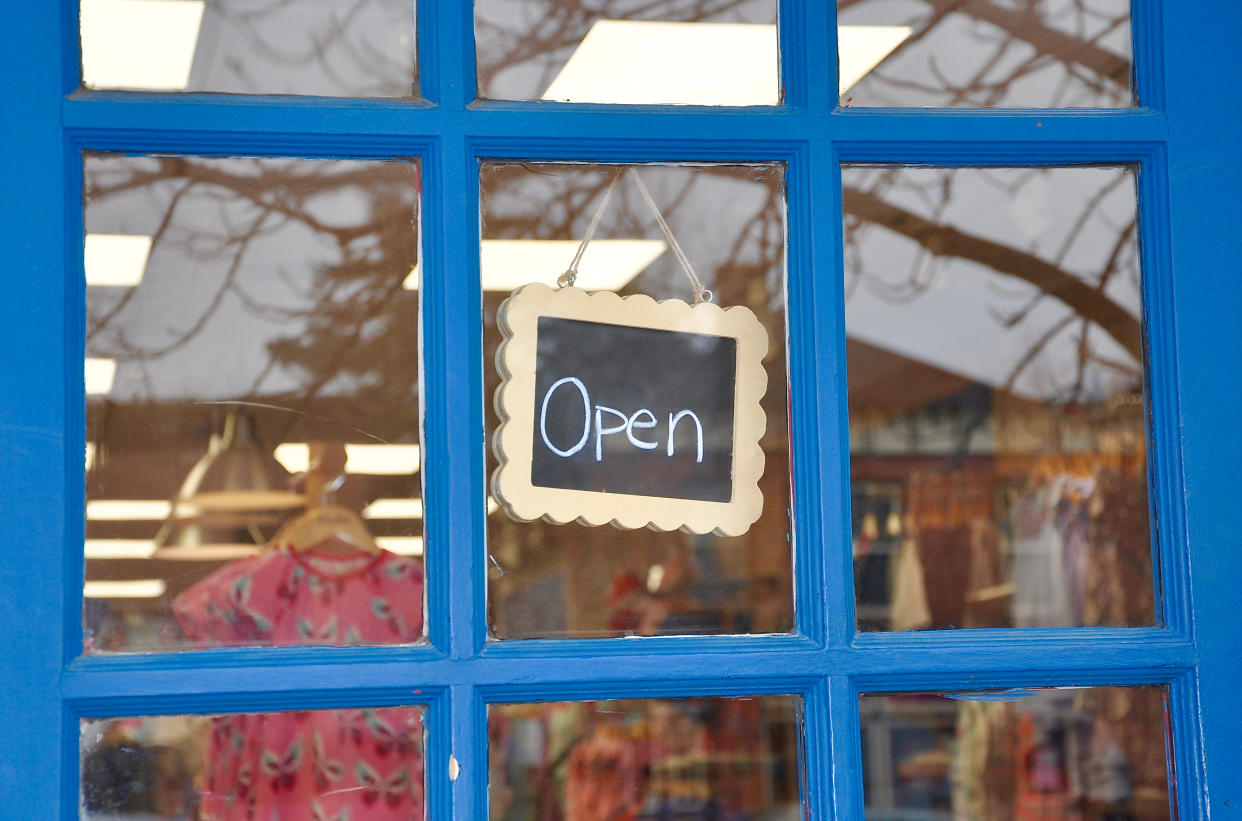Retail’s Transformation: A Mom-and-Pop Perspective

While all the attention-grabbing headlines focus on the retail changes for traditional department stores, a more vulnerable segment of the industry are the small business owners and mom-and-pop shops that make specialty special.
Laying the Foundation
Related stories
Lousy Weather Weakens Weekly Retail Sales, Which Fall 5.4%
Compared to Prior Generations, Millennials Are Worth Less
As e-commerce matured, traditional retailers felt the reverberation in store whereby foot traffic waned and sales stagnated or declined.
But store closures and bankruptcy isn’t embarrassing or debilitating when benchmarked against the entirety of the industry. Traditional retailers such as Sears and Abercrombie & Fitch Co. are focusing on their strengths, bolstering its “power categories” with a re-brand on home and life categories in the former or buckling in for “transformation initiatives” prioritizing global store network optimization.
In 2019, industry experts predicted a retail environment reliant on shifting macroeconomic factors. Trump’s newly proposed tariffs, experts cite a possibility for 12,000 store closures and the loss of $40 billion worth of sales. The new normal is here.
[Read Retail Expert see ‘Turmultuous’ Year Ahead]
Experience as Last Resort
A post shared by Birthday Suits (@bdaysuitsobx) on May 1, 2019 at 2:42pm PDT
[Read New Tariffs Could Cause 12,000 Store Closures]
It could very well be a one-and-done scenario for small business owners, in contrast to closing a couple of flagships and absorbing the costs.
Jill Bennett and her husband started their swimsuit and lifestyle shop Birthday Suits in 1983 in the Outer Banks of North Carolina. While the 2008 recession took a toll on most small businesses, Bennett’s operations continued relatively unscathed in the resort community. But she credited a shift five years ago warranting a “full-on aversion to spending” alongside the growing relevance of Internet shopping, mobile shopping (sometimes even while in the fitting room to compare prices) and discount shopping at big-box retail.
“We cut our infrastructure drastically. Closed one of our four stores, cut out two management positions, and whatever benefits and expenses we could live without. I hated doing it but it was survival,” Bennett said.
With 36 years in retailing, Bennett said, “The brick-and-mortar store today is a showroom,” and apathy on the selling floor will cause customers to “go elsewhere or buy online.” Today, Bennett has streamlined much of the operations and pared down where necessary, even pulling a full shift on the sales floor. Through it all, Bennett has maintained that “personal touch is imperative,” ensuring fit and education are always communicated by her and her staff.
“My sales associates and I are constantly trying to reinvent our retail landscape,” Bennett said. Updating vendor mix, rearranging stores and experimenting with new ideas is aiding Birthday Suits in the peak spring and summer selling season. This year Bennett opened a wine-tasting bar in her main store in Kill Devil Hills, N.C., partnering with a local vineyard. Bennett hopes it will be ‘”the experience” that will keep our brand buzzing.”’
A Neighborhood Gift
Opening in 1995, Exit9 Gift Emporium was Charles Branstool’s gift to Manhattan’s East Village. He and his business partner, Christy Davis later opened a store in Brooklyn. Throughout the years, the two have experimented with pop-up retailing while making their business groomed for the digital age, launching a web site in 1998.
When asked of how they are navigating the changes in retail, Davis said, “A goal of ours is to direct more people there [to e-commerce],” from behind the shop counter.
“In recent years, we’ve had to change how we buy products,” added Branstool. Matching prices to Amazon is one reality, while updating its POS software is another. Banding together with their peers in the East Village Merchants Association, Branstool and Davis are trying to “strengthen and preserve the community.”
Vacancy rates are large, but in comparison to other areas in Manhattan, “The East Village is largely still independently owned businesses,” and the “East Village remains strong in character,” according to Branstool.
Content Is King
A post shared by E Village Vintage Collective (@evvintagecollective) on May 9, 2019 at 5:24pm PDT
Nina Burns has been with vintage shop East Village Vintage Collective for more than two years, working as a sales associate but rather taking on a variety of roles to make the shop’s vintage sing, namely through social media. Altogether her experience in retail is five years strong but with an innately digital native lens.
“It’s all about e-commerce and social media,” said Burns to WWD, who is also a model and former contestant on “America’s Next Top Model” for its 20th cycle.
Burns teams with the shop owner, Maegan Hayward, to produce quirky content such as their vintage fashion advice video series on Instagram. She also merchandises product in store and online for the East Village location.
Sign up for WWD's Newsletter. For the latest news, follow us on Twitter, Facebook, and Instagram.

